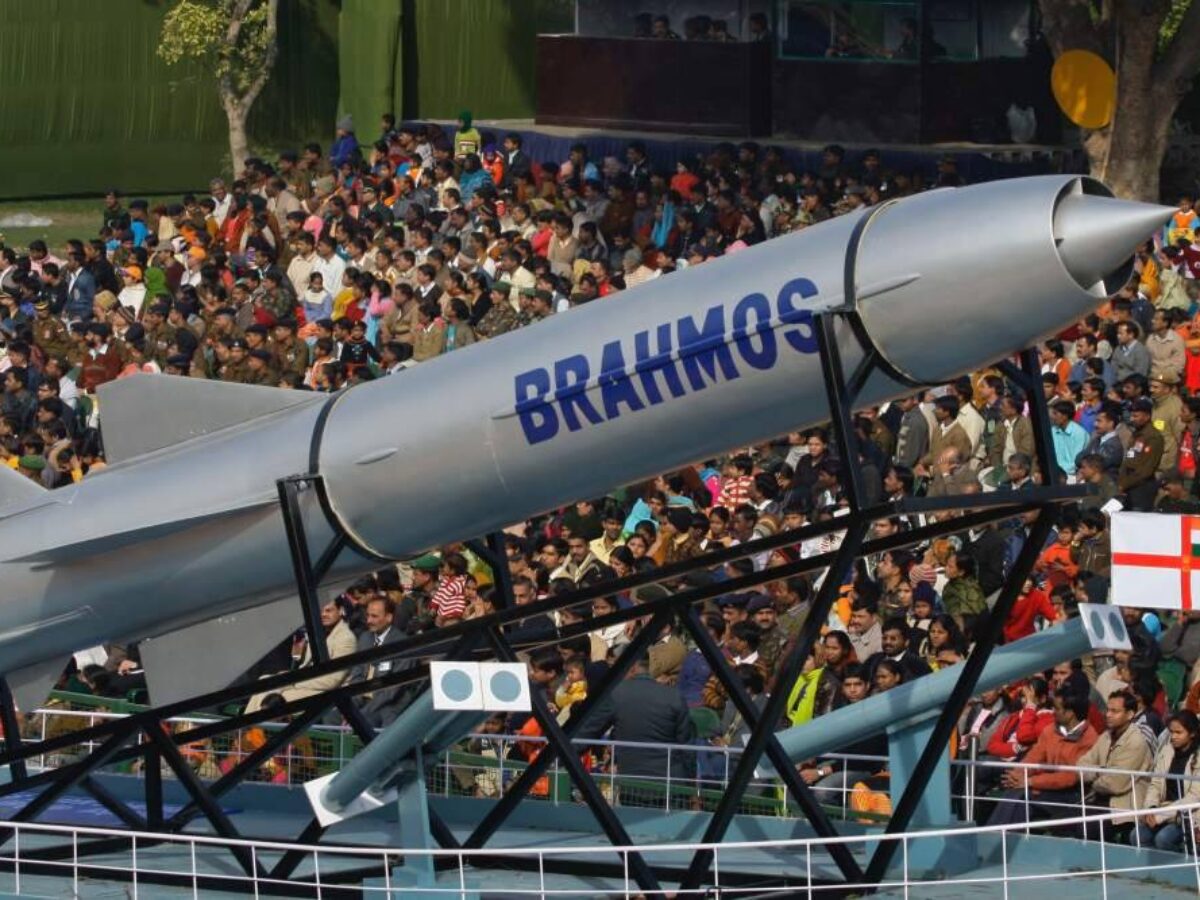Introduction
The Philippines and India are strengthening their defense and strategic ties as a result of growing tensions between the East Asian country and China over maritime issues in the South China Sea. To counter China’s growing assertiveness in the South China Sea, India delivered the first batch of BrahMos supersonic cruise missiles to the Philippines on April 19, 2024. The BrahMos missile system’s delivery to the Philippines is a major development in their defense cooperation and demonstrates India’s expanding defense sector and strategic alliance with the Philippines. The $375 million deal, signed in 2022, included not only the missiles but three missile batteries, launchers, and related materiel. This delivery signifies a major boost to the Philippines’ maritime defense capabilities, particularly in the contested South China Sea region.
BrahMos
The BrahMos missile is one of the fastest supersonic cruise missile and is produced by a joint venture of India’s DRDO and Russia’s NPOM. With a speed of 2.8 Mach, the BrahMos missile can be launched from air, sea and land platforms. India’s successful testing and integration of the BrahMos missile system into its military has improved its defense capabilities. The BrahMos missile, with a range of 290 kilometers, combined with supersonic speed and spot-on accuracy, making it a powerful deterrent against potential threats. The missiles will be launched by the Philippine Marines, according to Jonathan Malaya, assistant director general of the Philippine National Security Council.
Strategic Partnership Deepens
This missile transfer underscores the growing strategic partnership between India and the Philippines as both countries share concerns about China’s assertive actions in South China Sea. The past year has seen an increase in tensions between the Philippines and China as Beijing advances its claims to territories inside Manila’s exclusive economic zone. This has resulted in clashes between the coastguards of the two nations and other vessels. China and India have also been engaged in a military standoff over past years along the Line of Actual Control (LAC). Subrahmanyam Jaishankar, the Indian foreign minister reaffirmed India’s support for the Philippines’ national sovereignty during a visit to Manila last month. Enrique Manalo, his counterpart from the Philippines, asserted that both nations have a very deep interest in maintaining a free, open, and inclusive Indo-Pacific Ocean and added that “we are having extensive discussions on defense cooperation, security cooperation on a regular basis in this region.”

A Chinese military WZ-7 Soaring Dragon Drone flew close to the Philippines before to the delivery of Indian BrahMos supersonic cruise missiles to the country. This also occurred prior to the commencement of the “Balikatan 2024” exercises between the United States and the Philippines. The presence of the drone is considered to be China’s potential show of force in response to these events. To maintain stability in the South China Sea, all countries must prioritize de-escalation and commit to peaceful solutions. Establishing a framework for regional security cooperation is crucial for addressing issues and encouraging dialogue in order to prevent tensions from escalating into a larger conflict.

Research Associate, Pakistan House



